Red light therapy, also known as photobiomodulation (PBM) or light box therapy, has been around for 40 years – since the invention of lasers. What is it, specifically? Red light therapy uses certain wavelengths of light to restore, repair, and protect tissue that is either injured, degenerating, or at risk of dying. While varying wavelengths affect the body differently, as far as healing with red light is concerned, the most effective wavelengths range from 630-670 and 810-880.
How does red light therapy work?
Red light wavelengths affect bodily cells on a biochemical level by increasing mitochondrial function – the ability to produce cellular energy. The more cellular energy production, the better the body functions as a whole. When red light wavelengths are used on the skin’s surface, they penetrate 8-10 millimeters into the skin. So depending upon where the red light is deployed (head or knee, for instance), all of the surrounding skin layers, blood vessels, lymph pathways, nerves, and even hair follicles are affected.
What are the benefits of red light therapy?
Red light therapy works from the inside-out to enhance mitochondrial function in cells. This, in turn, leads to several skin benefits. Red light decreases skin inflammation, smooths skin tone, repairs sun damage, fades scars and stretch marks, and even builds collagen in the skin, which reduces wrinkles. It also heals wounds and can prevent recurring cold sores or herpes simplex. Red light works on the lymphatic system to improve your body’s detoxification abilities by increasing blood flow. It may even stimulate hair growth in your hair follicles.
Studies reveal that red light heals age-related macular degeneration of the eyes.[ref url=”https://www.sciencealert.com/near-infrared-light-heals-eyes”][ref url=” http://uwm.edu/healthsciences/news/a-novel-approach-to-using-light-to-treat-macular-degeneration/”] It’s also used to treat knee osteoarthritis, hypothyroidism, cognitive dysfunction following brain injury, and fibromyalgia.
In an episode of Bulletproof Radio (iTunes), Scott Nelson, founder of Joov shared the results of a study involving Joov devices, showing the wide spectrum of hormone benefits.
“With the use of daily, full-body red and near-infrared light therapy with our devices, not only did [women] see really healthy progesterone increases, but they also saw balanced progesterone to estrogen ratios, which is really important, because estrogen dominance is really common as females age,” says Nelson.
Check out the rest of the podcast episode to find out how Joov lights increased testosterone, too.
What are the best sources of red light therapy?
- You can undergo red light therapy with a qualified professional like a trained rheumatologist or dermatologist. Ask your doctor for a referral.
- Some medical spas offer red light therapy for about $50-100 per session. Infrared saunas are unique from regular saunas in that they heat the body from the inside-out. Both red light therapy and infrared saunas enhance mitochondrial function, though in different ways. Unlike red light therapy, infrared sauna light is visible – though it penetrates much deeper into the body. You’ll have to experiment to see which works best for you. Learn more about the benefits of infrared sauna use here.
- Reap the benefits of red light at home with a light therapy device like Joovv. Or, install red lights around your home – there are red lights on Amazon that sell for as little as $6. Use them in the early morning and later at night, as well as therapeutically to increase mitochondrial function and collagen production. Hold the light over an injury for a few minutes a day. You can also find LED colored lights with a brightness and color remote controller. (This lets you switch from blue to red, depending on what time of day it is.)
- The newest addition to the red light family is actually getting it from your computer or phone screen. Color Tint is a new feature on the Apple iOS 10 that turns your entire screen red, which Apple notes has its own benefits. While they are not necessarily all health-related like a red light therapy box, it is possible that you’ll squint less looking at your screen in the middle of the night due to the red light.
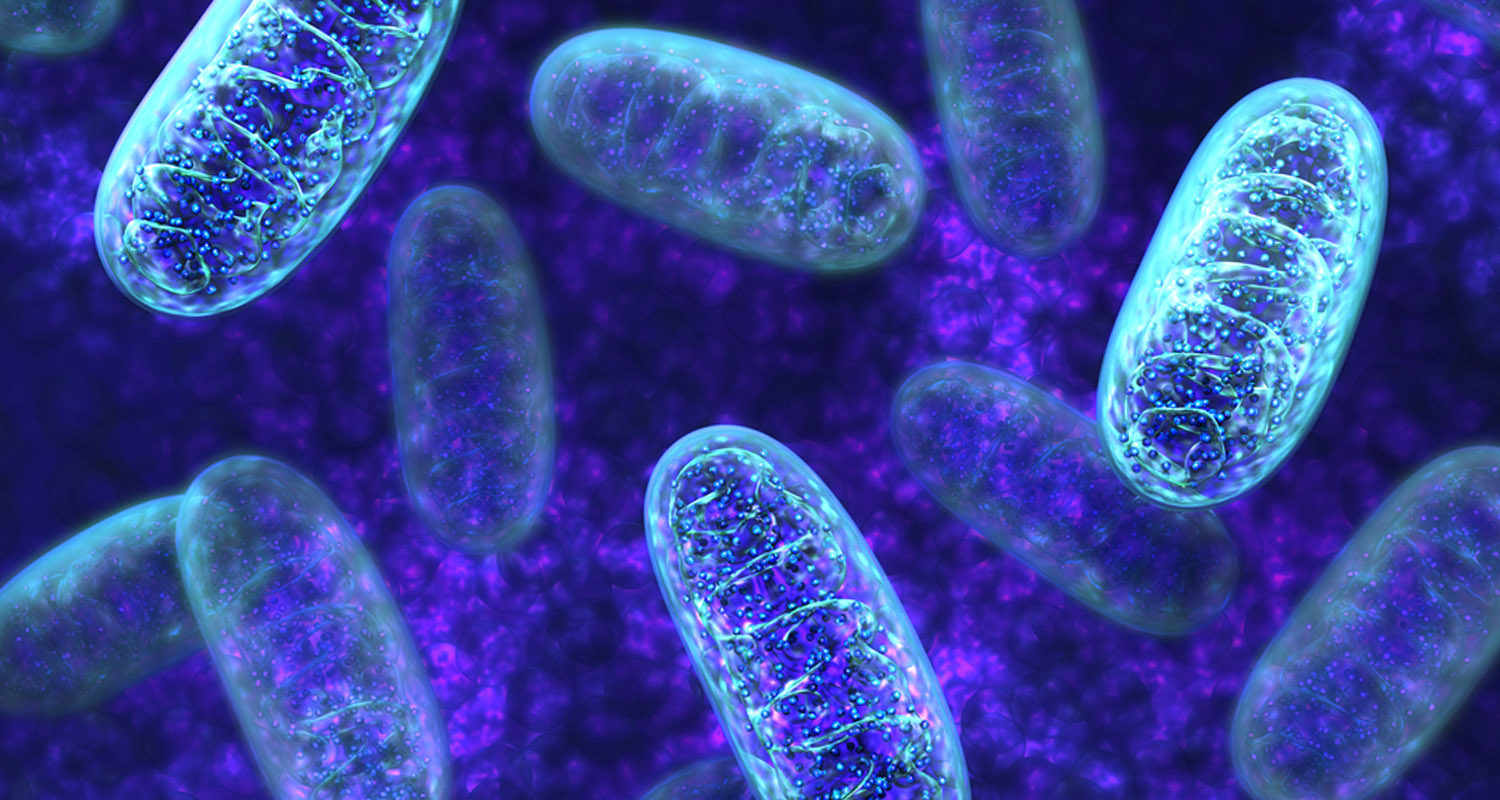 All your cells run on adenosine triphosphate (ATP), your body’s energy currency. Mitochondria, the power plants of your cells, are constantly making ATP and sending it through your body to fuel everything you do, from walking and talking to exercising and thinking.
All your cells run on adenosine triphosphate (ATP), your body’s energy currency. Mitochondria, the power plants of your cells, are constantly making ATP and sending it through your body to fuel everything you do, from walking and talking to exercising and thinking. Your brain’s energy requirements are so high that your brain cells live and die by the use-it-or-lose-it principle, literally. Whatever functions you’re not using quickly weaken.
Your brain’s energy requirements are so high that your brain cells live and die by the use-it-or-lose-it principle, literally. Whatever functions you’re not using quickly weaken.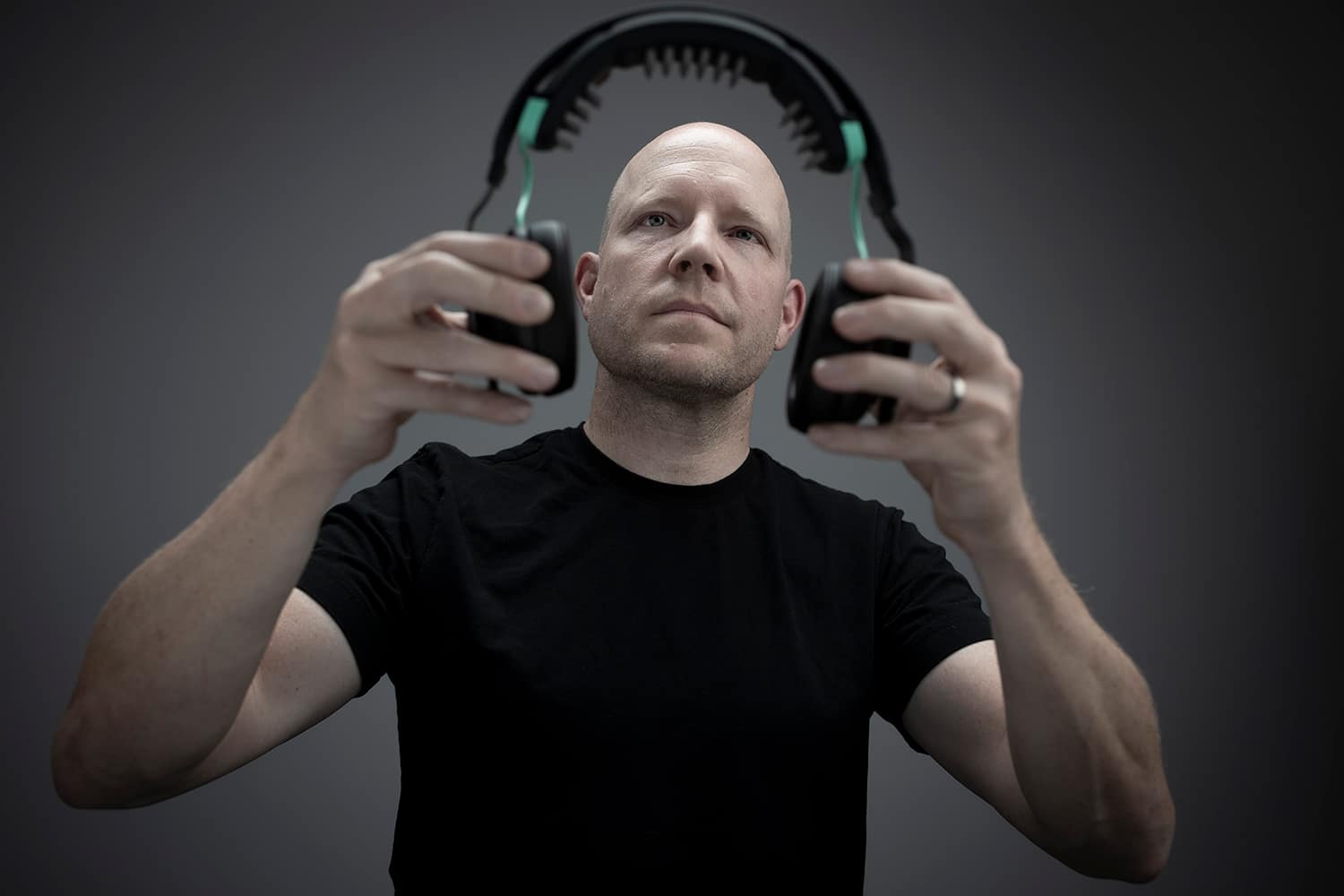 Doctors have used neurostimulation, via devices that send a gentle electrical current through the skin into specific areas of your brain, in a clinical setting for decades.
Doctors have used neurostimulation, via devices that send a gentle electrical current through the skin into specific areas of your brain, in a clinical setting for decades. You probably have a part of the day when you’re unusually productive. For some people it’s early in the morning; for others it’s late at night.
You probably have a part of the day when you’re unusually productive. For some people it’s early in the morning; for others it’s late at night. Create as many routines as possible to remove decisions from your day. Wake up, make your bed, have coffee, brush your teeth, meditate, check email, start work — follow the same routine day after day until it becomes automatic. Setting out clothes and planning your meals, snacks, workouts, etc., in advance will also help. Not having to think about your schedule frees up a lot of mental energy to focus on the important stuff.
Create as many routines as possible to remove decisions from your day. Wake up, make your bed, have coffee, brush your teeth, meditate, check email, start work — follow the same routine day after day until it becomes automatic. Setting out clothes and planning your meals, snacks, workouts, etc., in advance will also help. Not having to think about your schedule frees up a lot of mental energy to focus on the important stuff. Deep sleep is one of the fundamental ways to make your brain stronger. Your brain
Deep sleep is one of the fundamental ways to make your brain stronger. Your brain 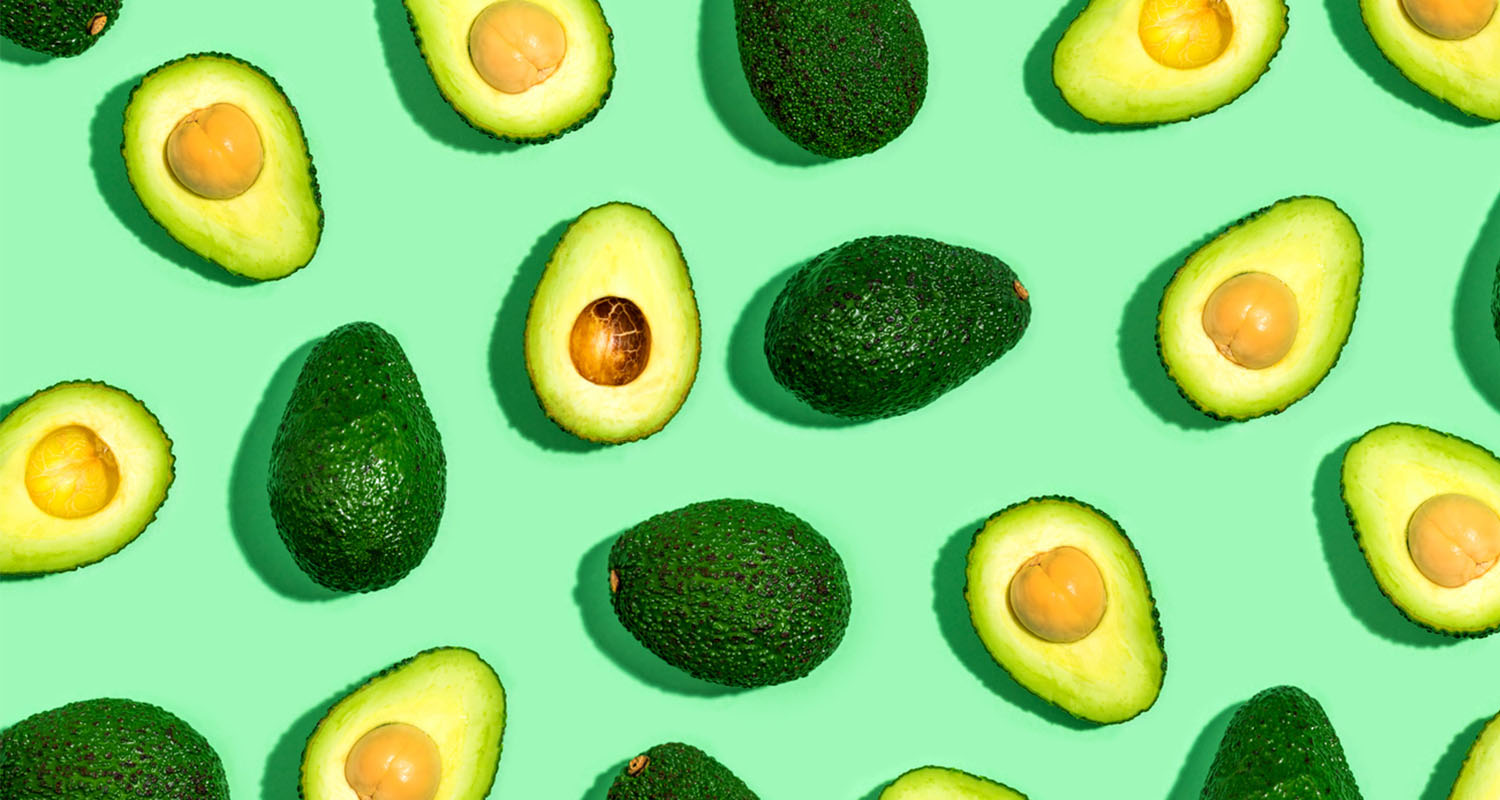 A
A 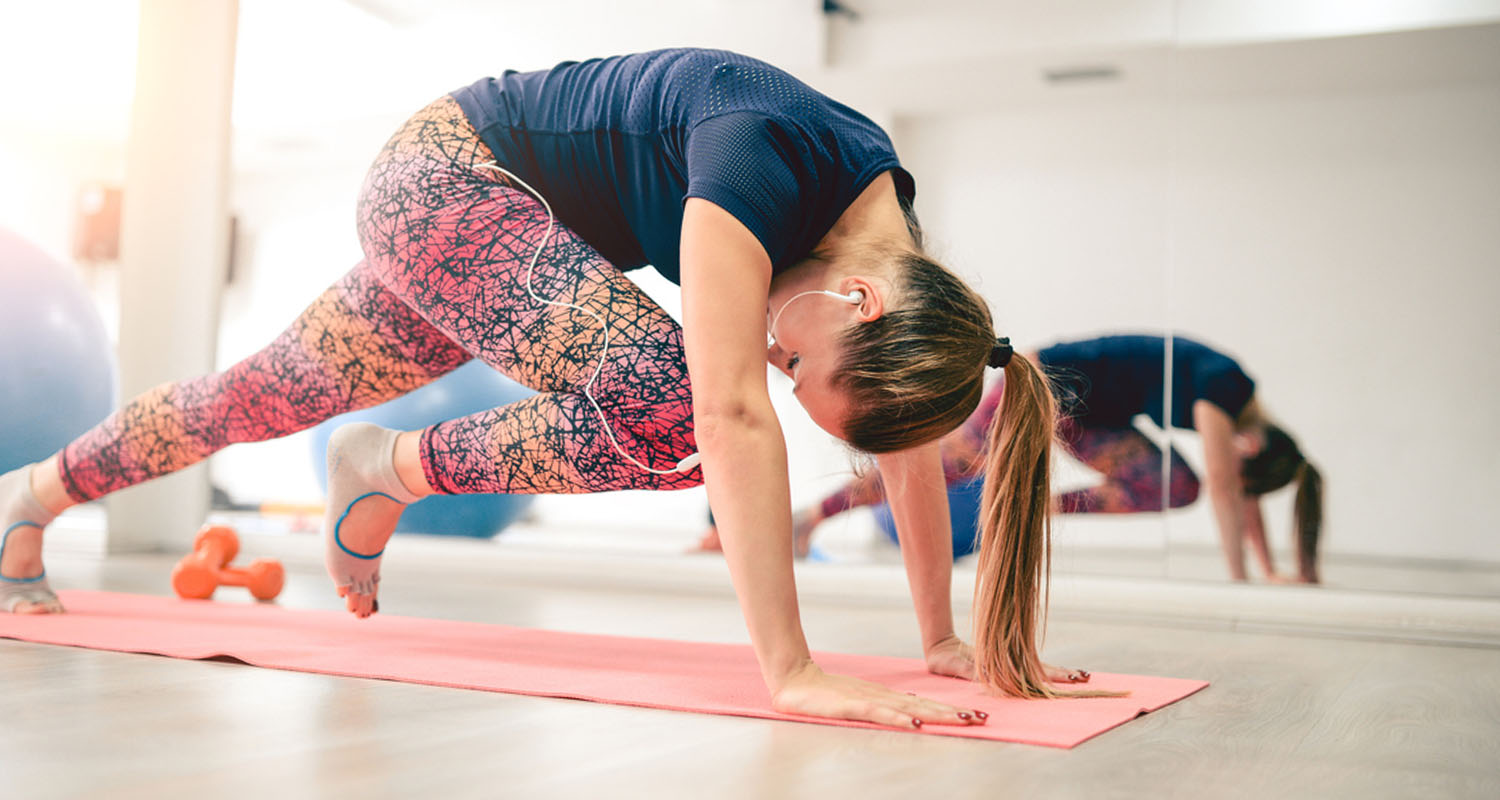 Working out is amazing for your brain’s energy production. Pushing yourself physically makes you mentally fit, too: it creates brand new neural mitochondria and
Working out is amazing for your brain’s energy production. Pushing yourself physically makes you mentally fit, too: it creates brand new neural mitochondria and  Stress burns up a huge amount of energy. It also physically
Stress burns up a huge amount of energy. It also physically 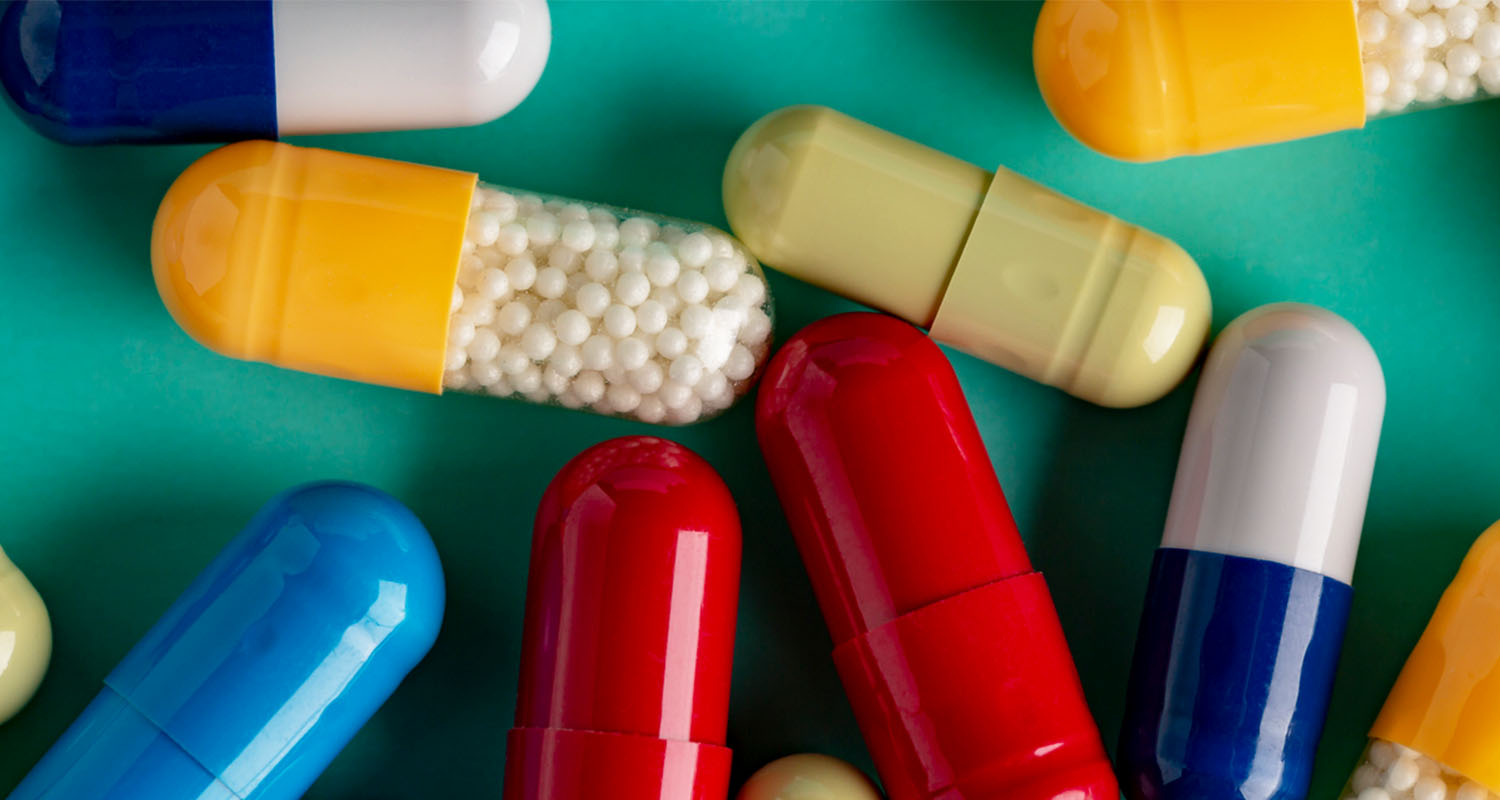 Nootropics (also called smart drugs) are compounds that improve cognitive function. You can use nootropics to enhance everything from memory to sustained attention to faster mental turnover.
Nootropics (also called smart drugs) are compounds that improve cognitive function. You can use nootropics to enhance everything from memory to sustained attention to faster mental turnover.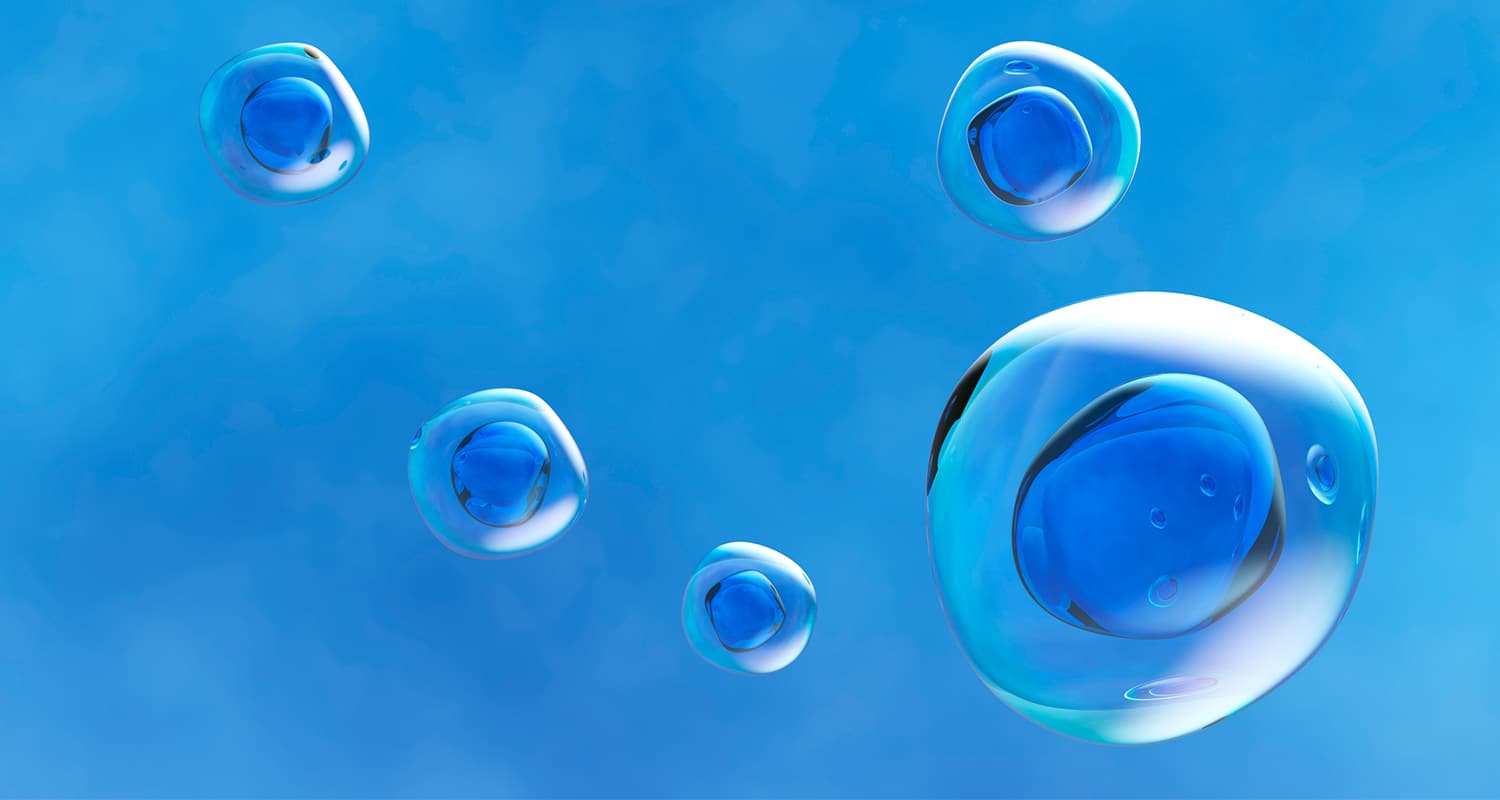 One of the main reasons you age is senescence — your cells stop dividing as they get older. When cells no longer divide, they become mostly useless, start to accumulate in your body, and trigger inflammation, gradually impairing your cellular function and increasing your risk of age-related disease.[ref url=”https://www.ncbi.nlm.nih.gov/pmc/articles/PMC4748967/”]
One of the main reasons you age is senescence — your cells stop dividing as they get older. When cells no longer divide, they become mostly useless, start to accumulate in your body, and trigger inflammation, gradually impairing your cellular function and increasing your risk of age-related disease.[ref url=”https://www.ncbi.nlm.nih.gov/pmc/articles/PMC4748967/”]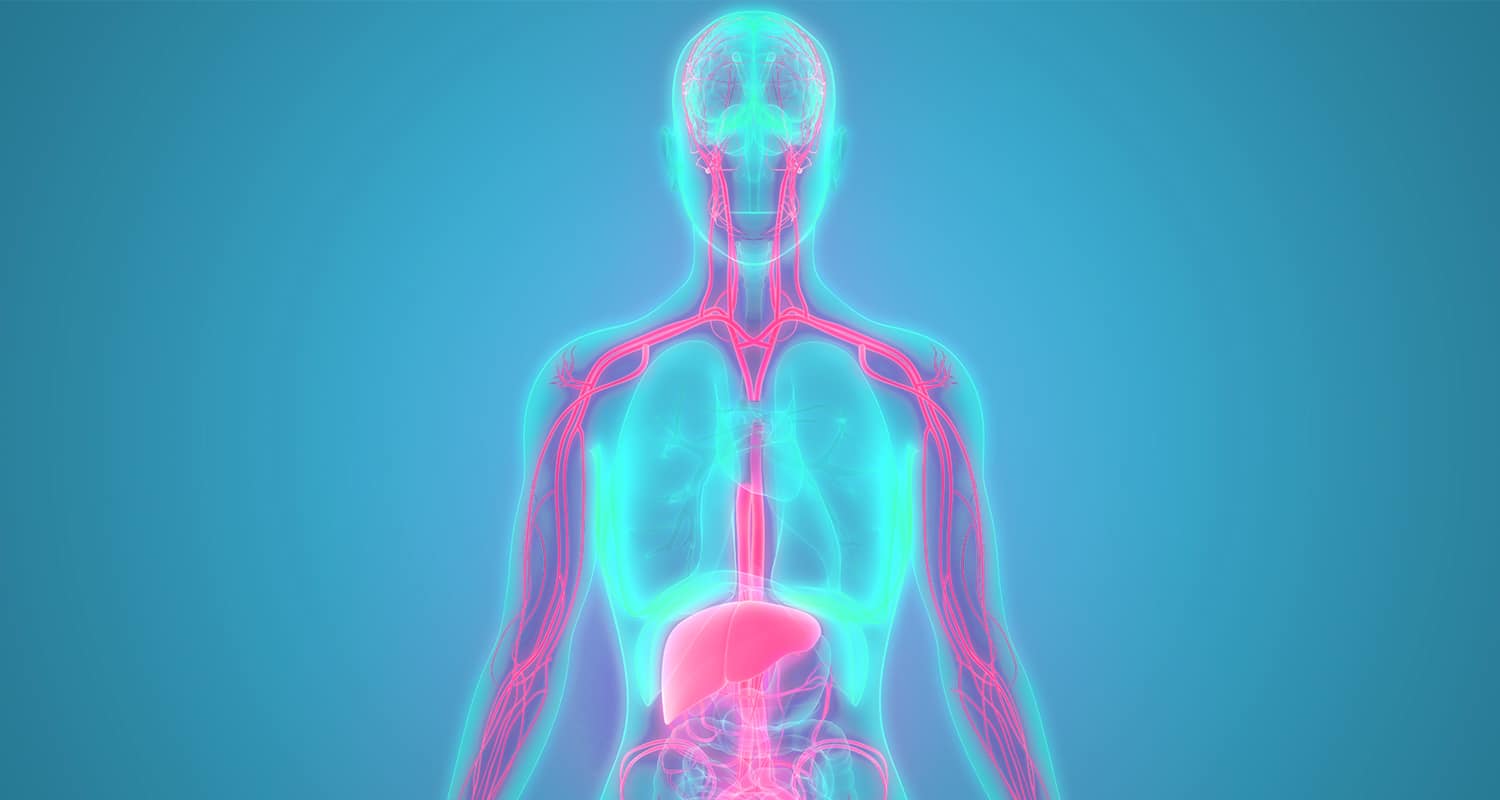 Fisetin protects your cells from stress-related damage so they can run at full power. Fisetin regulates inflammatory pathways[ref url=”https://www.ncbi.nlm.nih.gov/pmc/articles/PMC3985520/”] and deactivates several major inflammatory compounds.[ref url=”https://www.ncbi.nlm.nih.gov/pmc/articles/PMC3689181/”] It also helps you make more
Fisetin protects your cells from stress-related damage so they can run at full power. Fisetin regulates inflammatory pathways[ref url=”https://www.ncbi.nlm.nih.gov/pmc/articles/PMC3985520/”] and deactivates several major inflammatory compounds.[ref url=”https://www.ncbi.nlm.nih.gov/pmc/articles/PMC3689181/”] It also helps you make more  Among fisetin’s benefits, a few studies have found that fisetin keeps cancer cells from multiplying and spreading.[ref url=”https://www.sciencedirect.com/science/article/abs/pii/S0003986114002082?via%3Dihub”][ref url=”https://www.ncbi.nlm.nih.gov/pmc/articles/PMC3985520/”] Fisetin seems particularly good at destroying breast cancer cells.[ref url=”https://www.ncbi.nlm.nih.gov/pmc/articles/PMC6080104/”][ref url=”https://www.ncbi.nlm.nih.gov/pmc/articles/PMC6034928/”]
Among fisetin’s benefits, a few studies have found that fisetin keeps cancer cells from multiplying and spreading.[ref url=”https://www.sciencedirect.com/science/article/abs/pii/S0003986114002082?via%3Dihub”][ref url=”https://www.ncbi.nlm.nih.gov/pmc/articles/PMC3985520/”] Fisetin seems particularly good at destroying breast cancer cells.[ref url=”https://www.ncbi.nlm.nih.gov/pmc/articles/PMC6080104/”][ref url=”https://www.ncbi.nlm.nih.gov/pmc/articles/PMC6034928/”] You can get fisetin from a few different foods.
You can get fisetin from a few different foods.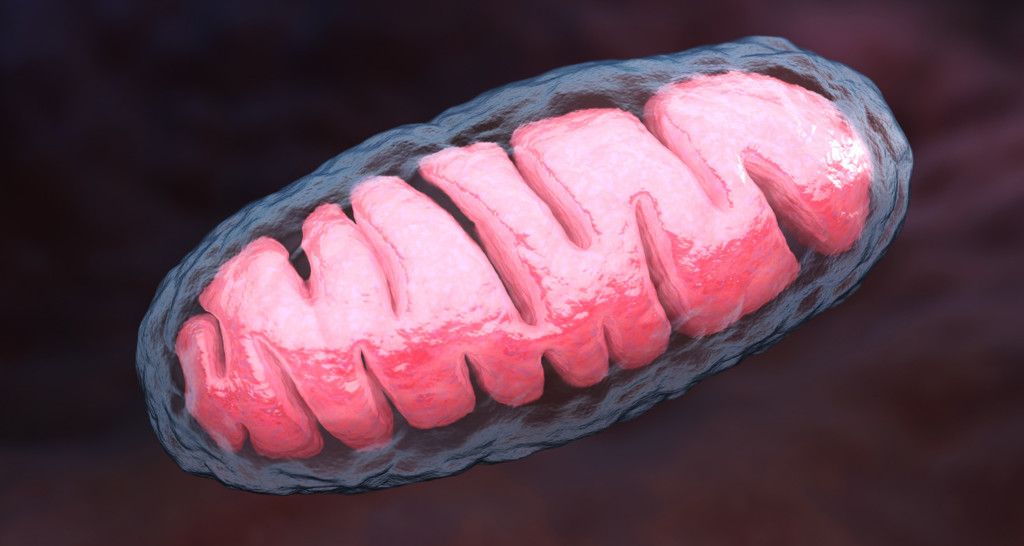

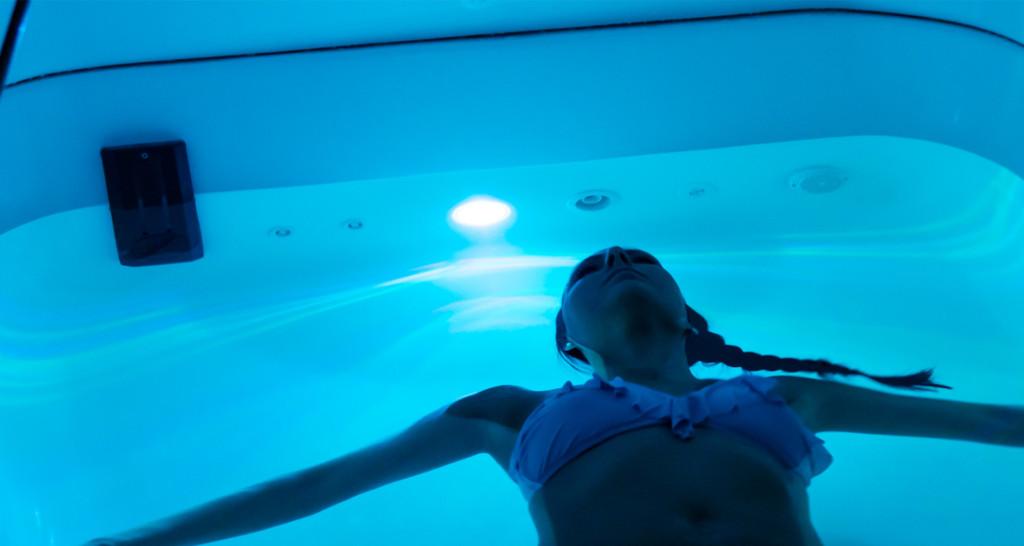

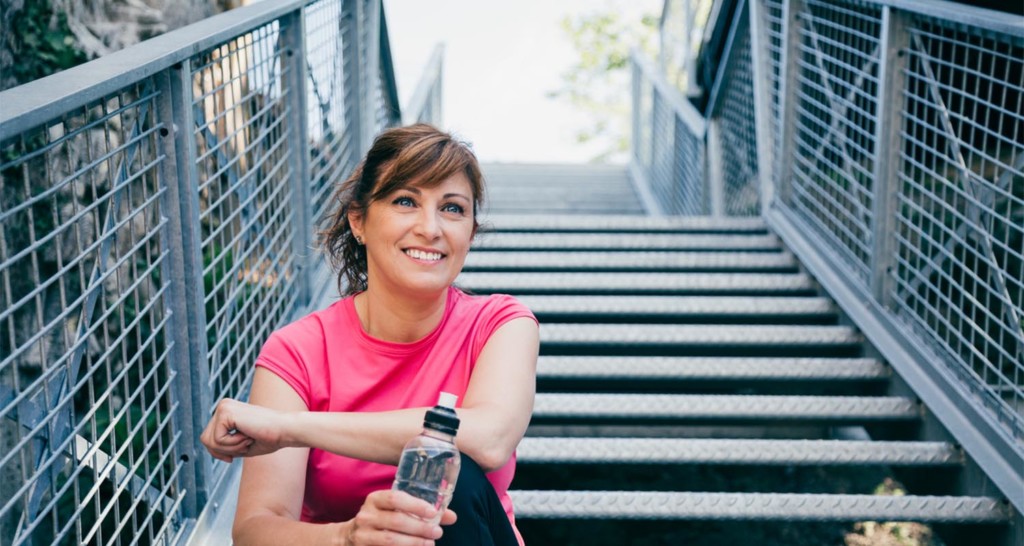

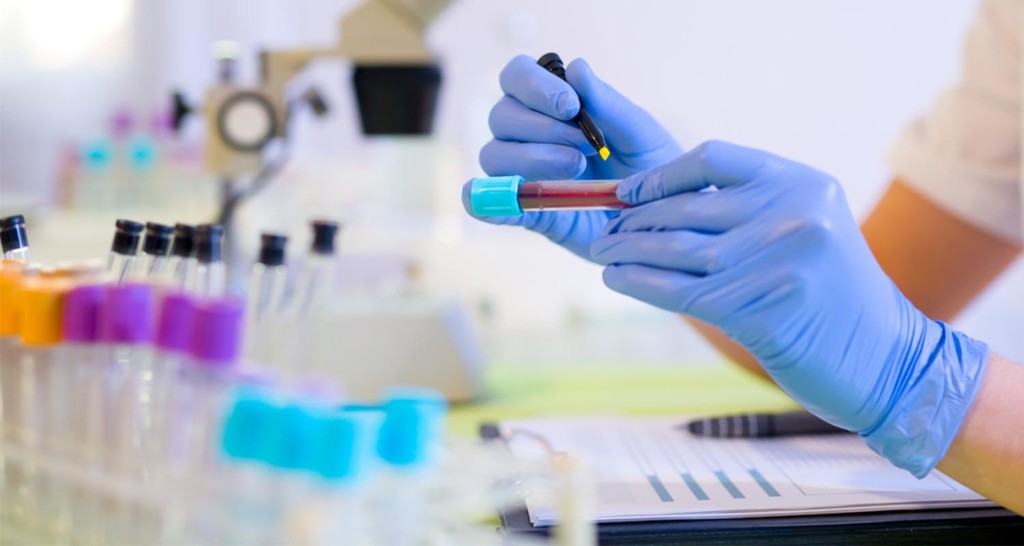
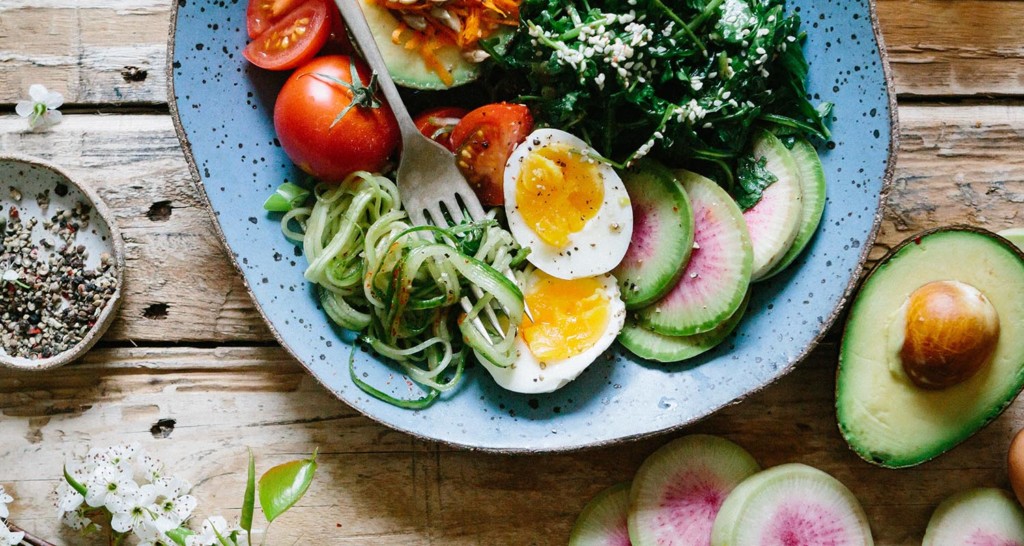
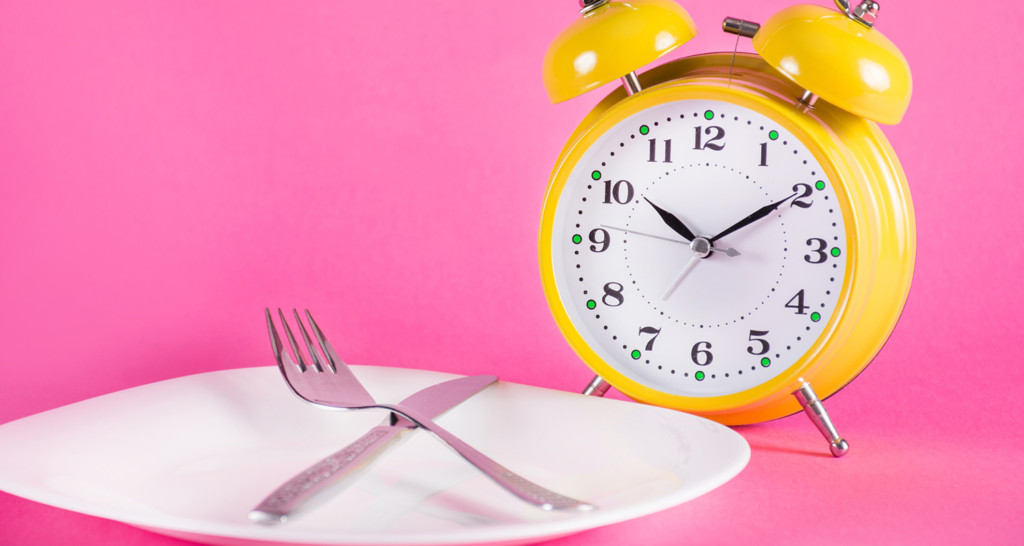
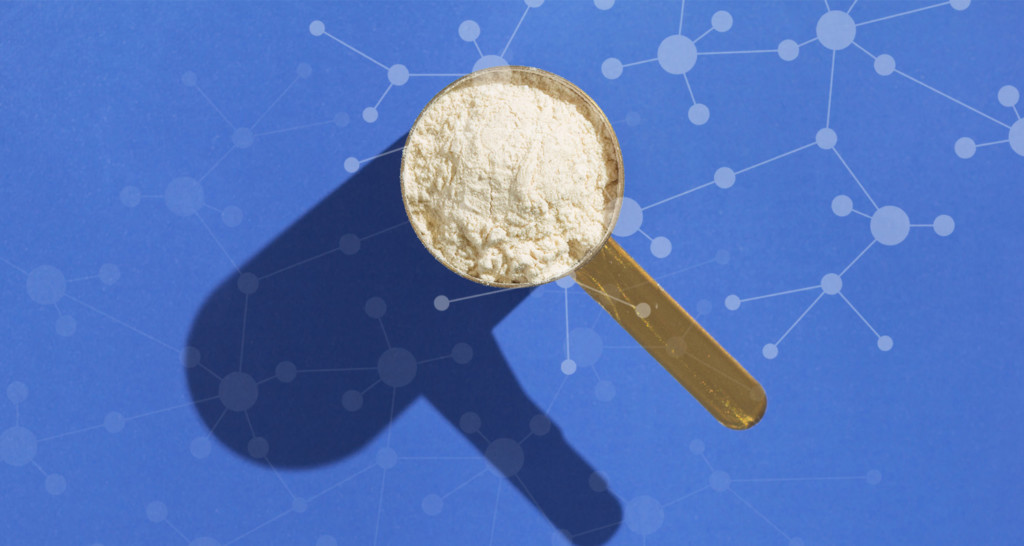

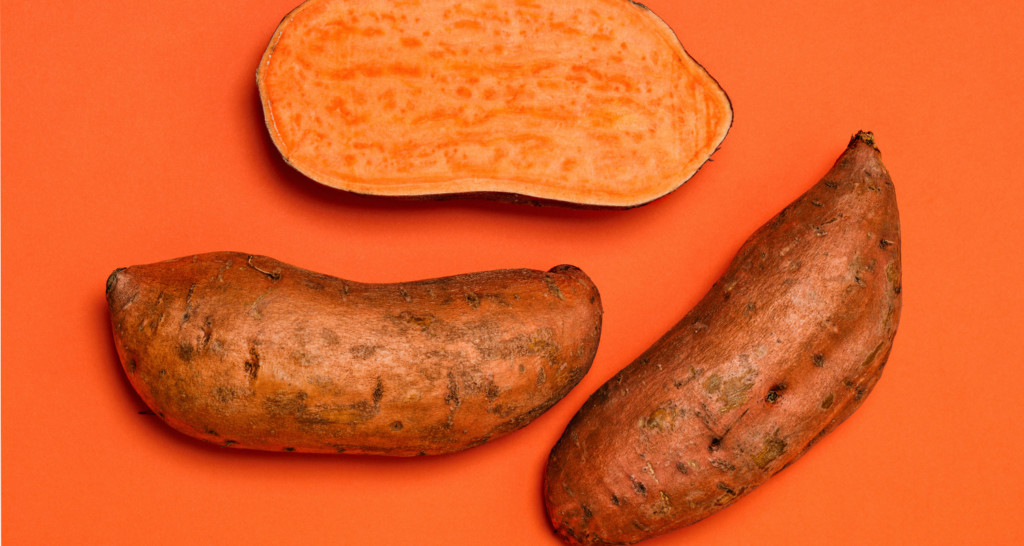
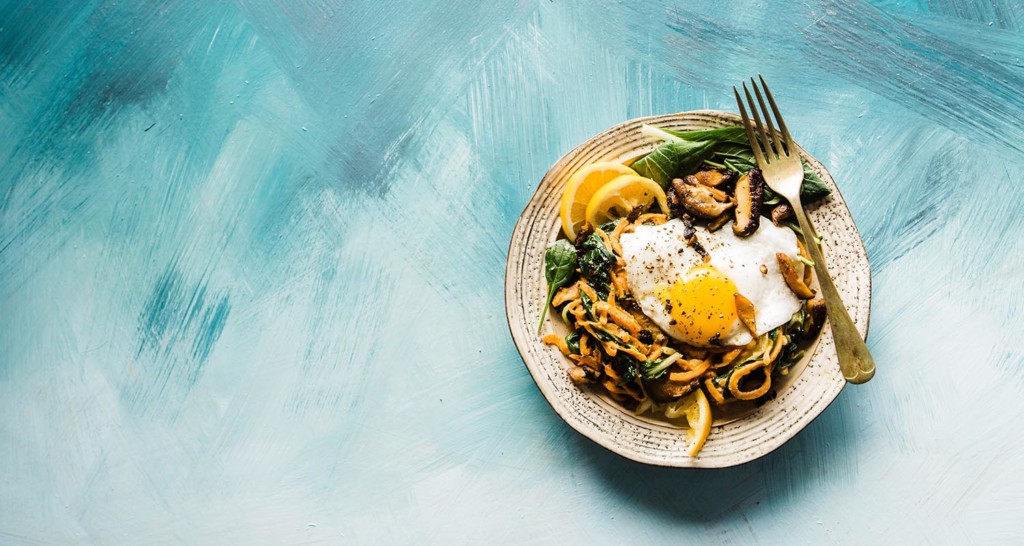

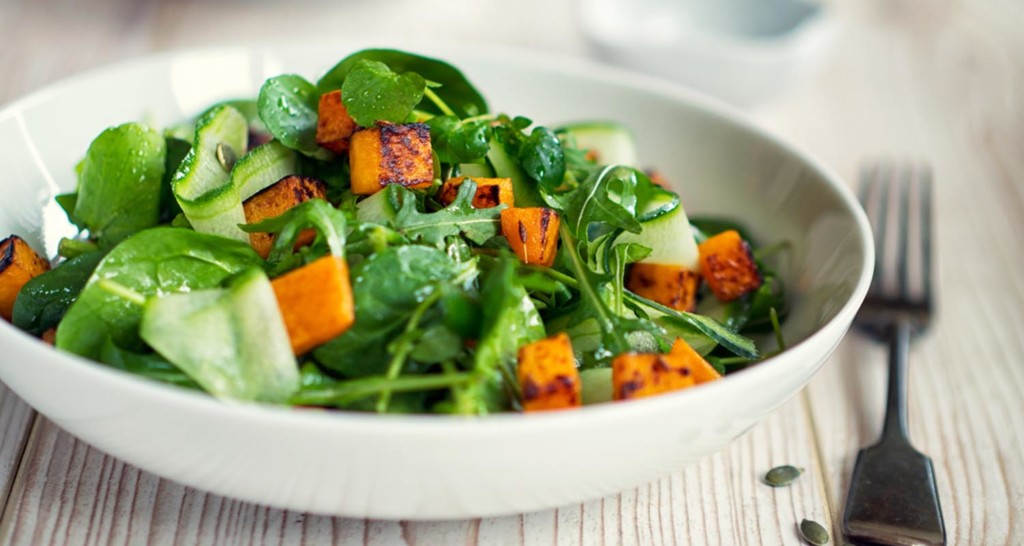
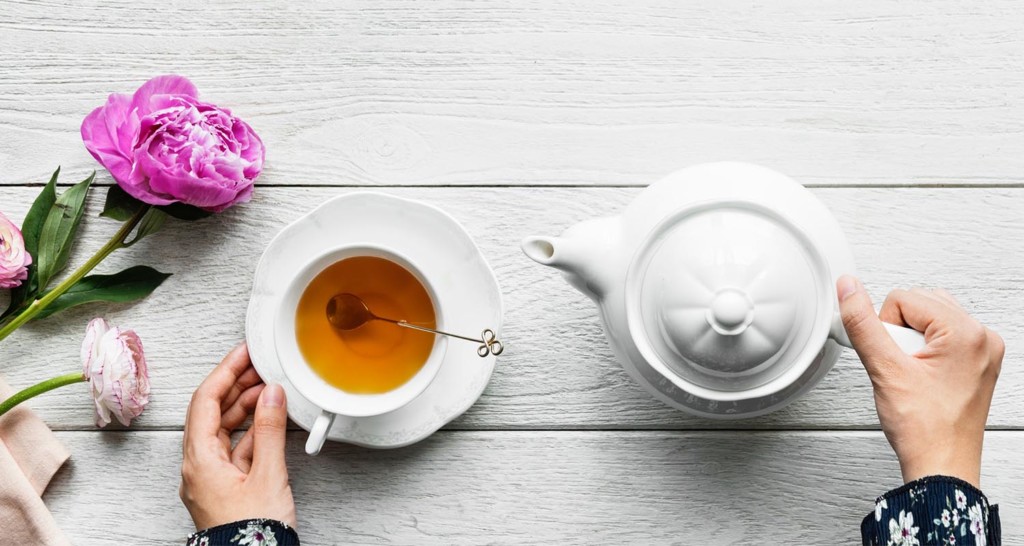
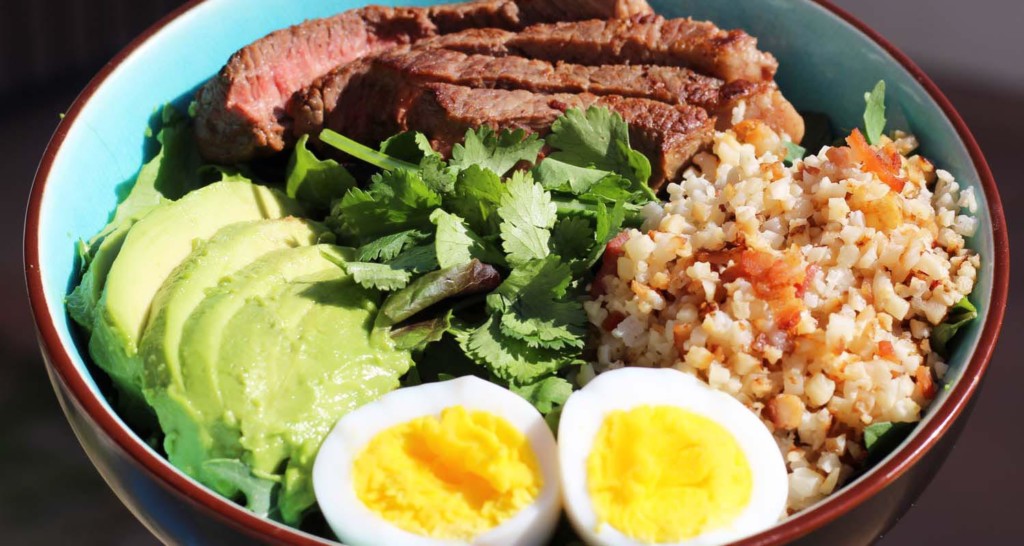
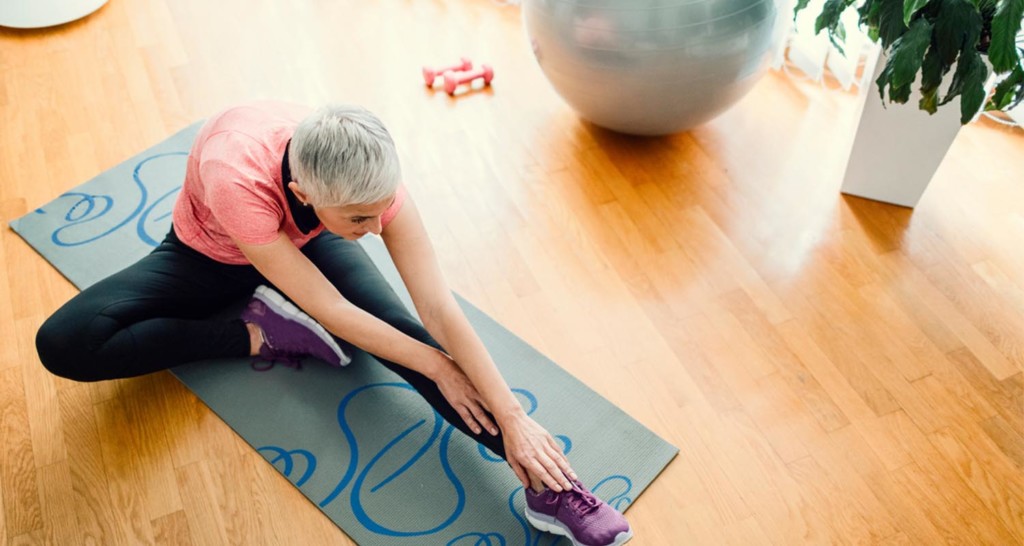



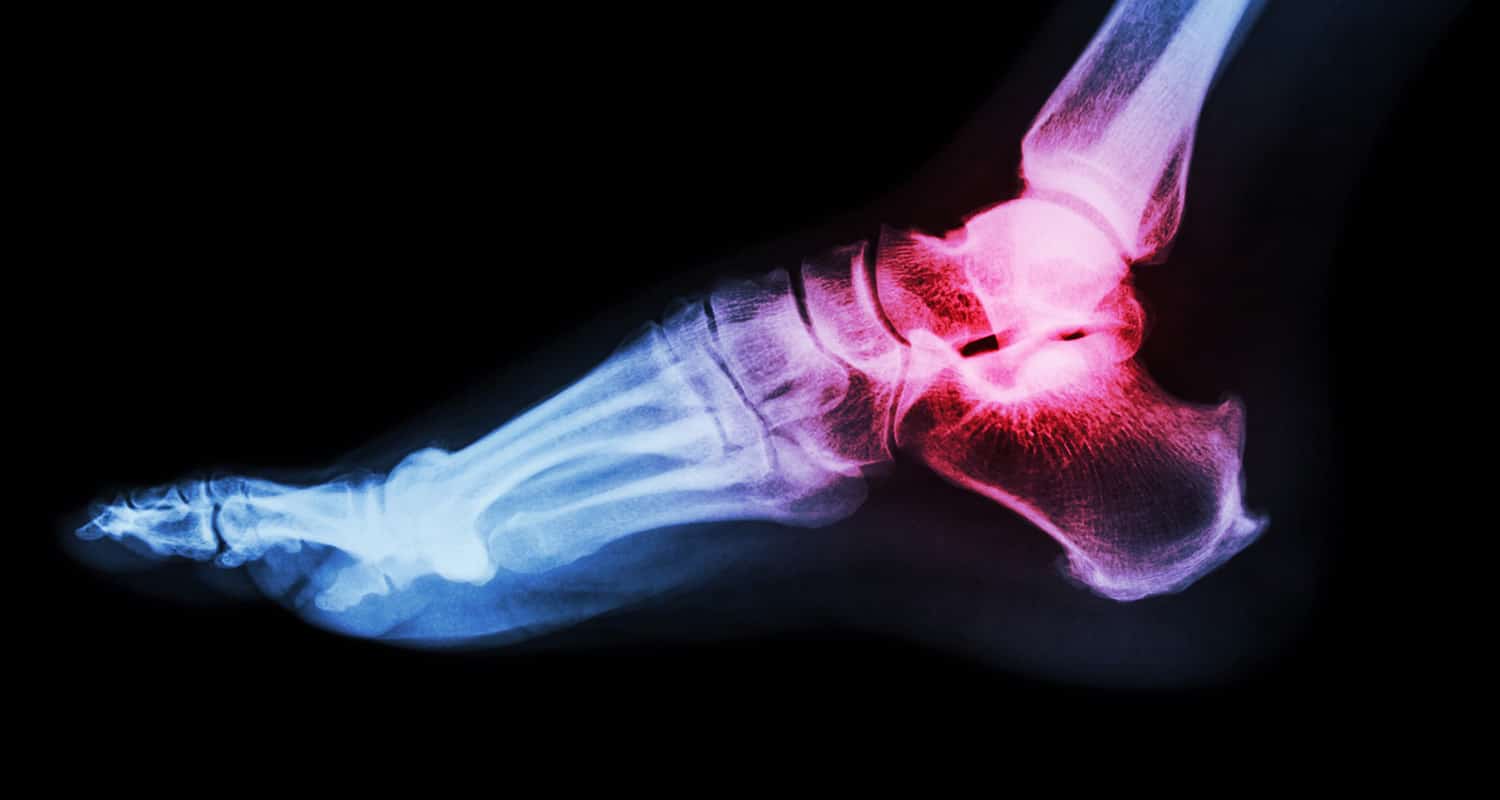 Gout is a result of “hyperuricemia,” when your body produces uric acid (a waste product from digestion) faster than you can excrete it. Uric acid is the end product of purine metabolism in your body. Purines are part of the structure of DNA, and are found in every cell we digest, both plant and animal. Normally, your gut and your kidney help excrete a healthy amount of uric acid, but like many things, different triggers in your diet can upset this balance.
Gout is a result of “hyperuricemia,” when your body produces uric acid (a waste product from digestion) faster than you can excrete it. Uric acid is the end product of purine metabolism in your body. Purines are part of the structure of DNA, and are found in every cell we digest, both plant and animal. Normally, your gut and your kidney help excrete a healthy amount of uric acid, but like many things, different triggers in your diet can upset this balance. Gout most commonly starts as inflammation in the big toe or lower temperature joints such as the ankles or knees, but it can wreak havoc in any of your joints.
Gout most commonly starts as inflammation in the big toe or lower temperature joints such as the ankles or knees, but it can wreak havoc in any of your joints.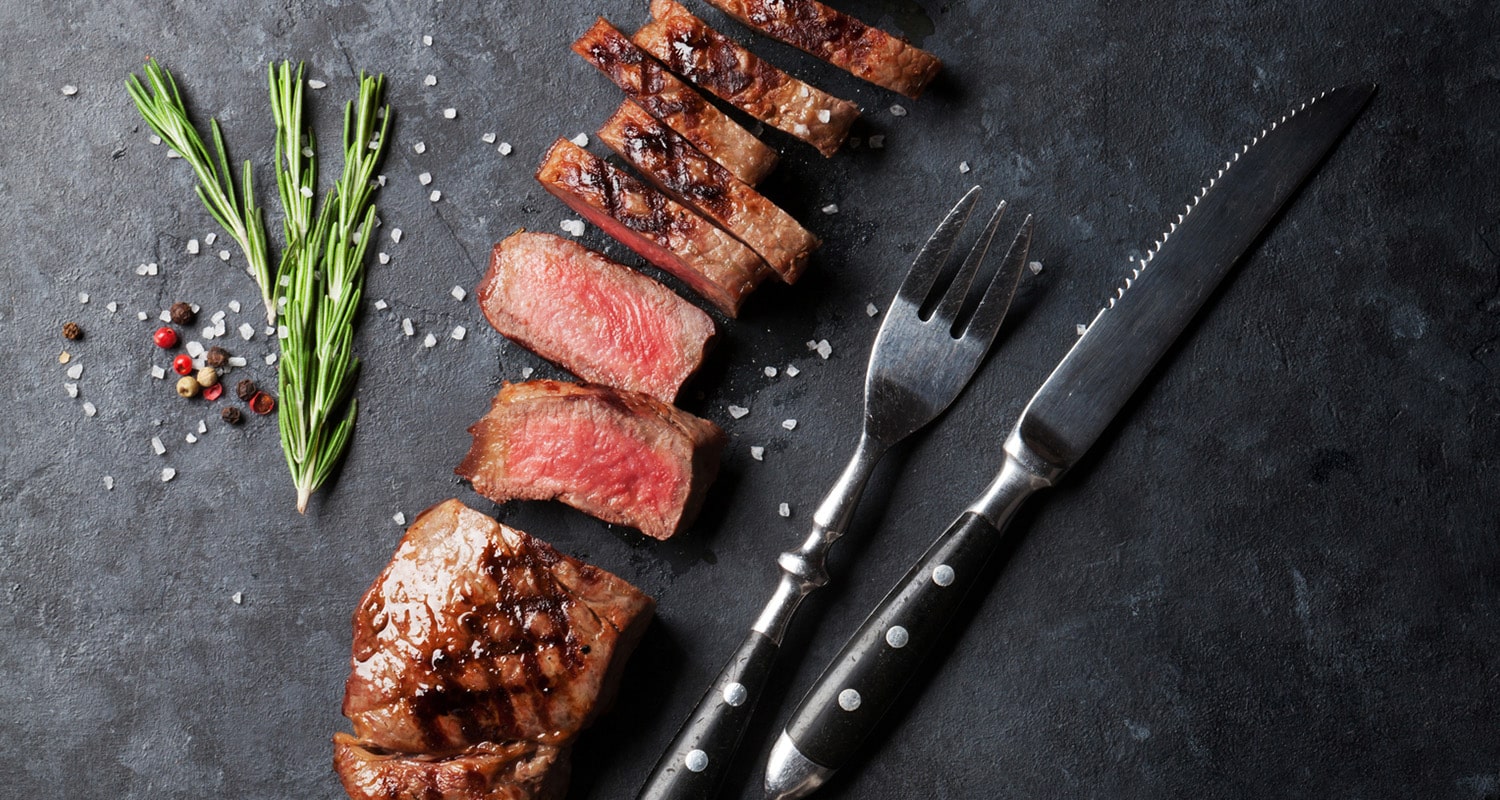 Traditionally, gout was known as a “disease of the rich,” only affecting those of high enough class to afford expensive foods such as meat, sugar and wine. Overindulging in these foods was linked to the disease, which lead to the common suggestion to avoid meat to solve gout.
Traditionally, gout was known as a “disease of the rich,” only affecting those of high enough class to afford expensive foods such as meat, sugar and wine. Overindulging in these foods was linked to the disease, which lead to the common suggestion to avoid meat to solve gout. Poor sugar regulation is highly associated with gout, and a sugar-heavy diet can drastically worsen both. In fact, insulin resistance is known to raise uric acid levels, and high uric acid can also contribute to insulin resistance, which is why roughly 95% of gout patients also suffer hyperinsulinemia.[ref url=”https://www.ncbi.nlm.nih.gov/pubmed/25112919″][ref url=”https://www.ncbi.nlm.nih.gov/pubmed/24769205″] Chronically high insulin, such as with insulin resistance, prediabetes or type 2 diabetes, reduces your body’s ability to excrete uric acid.[ref url=”http://www.jrheum.org/content/jrheum/29/7/1350.full.pdf”] It turns out this can be even more important than limiting your purine intake, as 90% of gout cases are due to the inability to excrete uric acids.
Poor sugar regulation is highly associated with gout, and a sugar-heavy diet can drastically worsen both. In fact, insulin resistance is known to raise uric acid levels, and high uric acid can also contribute to insulin resistance, which is why roughly 95% of gout patients also suffer hyperinsulinemia.[ref url=”https://www.ncbi.nlm.nih.gov/pubmed/25112919″][ref url=”https://www.ncbi.nlm.nih.gov/pubmed/24769205″] Chronically high insulin, such as with insulin resistance, prediabetes or type 2 diabetes, reduces your body’s ability to excrete uric acid.[ref url=”http://www.jrheum.org/content/jrheum/29/7/1350.full.pdf”] It turns out this can be even more important than limiting your purine intake, as 90% of gout cases are due to the inability to excrete uric acids. Of all the sugars, gout has a special connection with fructose. Fructose not only decreases your excretion of uric acid, it causes your body to produce more to start with (remember that two-thirds of your uric acid comes from your body, not your diet). In addition to wreaking havoc on cholesterol, blood triglycerides, and insulin, fructose can knock out the pathways that usually slow purine metabolism, bumping up your uric acid production.[ref url=”https://academic.oup.com/ajcn/article-abstract/58/5/754S/4732305?redirectedFrom=fulltext”][ref url=”https://www.ncbi.nlm.nih.gov/pubmed/19403709″]
Of all the sugars, gout has a special connection with fructose. Fructose not only decreases your excretion of uric acid, it causes your body to produce more to start with (remember that two-thirds of your uric acid comes from your body, not your diet). In addition to wreaking havoc on cholesterol, blood triglycerides, and insulin, fructose can knock out the pathways that usually slow purine metabolism, bumping up your uric acid production.[ref url=”https://academic.oup.com/ajcn/article-abstract/58/5/754S/4732305?redirectedFrom=fulltext”][ref url=”https://www.ncbi.nlm.nih.gov/pubmed/19403709″]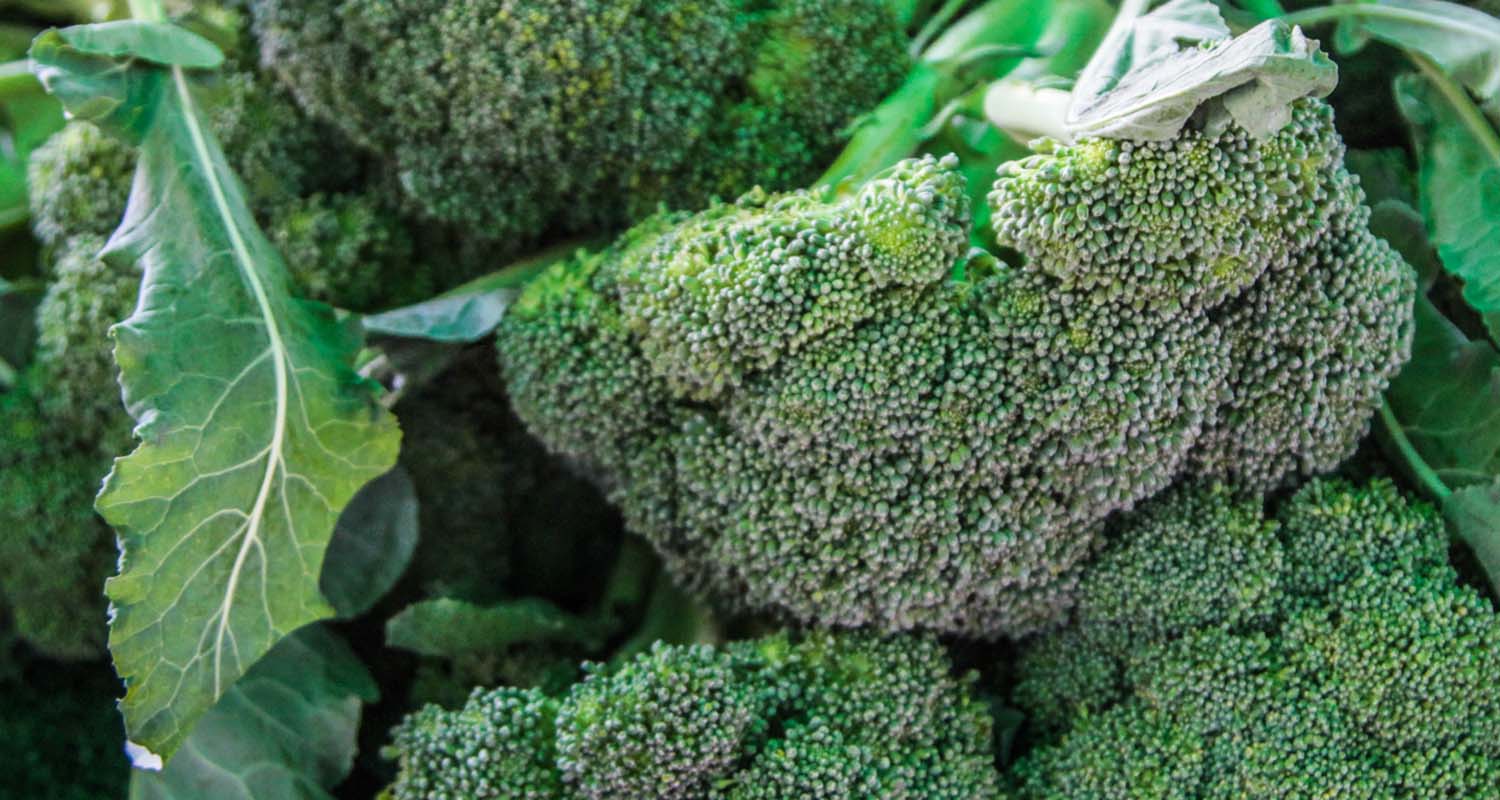 Oxalates are antinutrient compounds found in many vegetables, like raw kale, radishes, cauliflower, broccoli, dark leafy greens, and others.
Oxalates are antinutrient compounds found in many vegetables, like raw kale, radishes, cauliflower, broccoli, dark leafy greens, and others.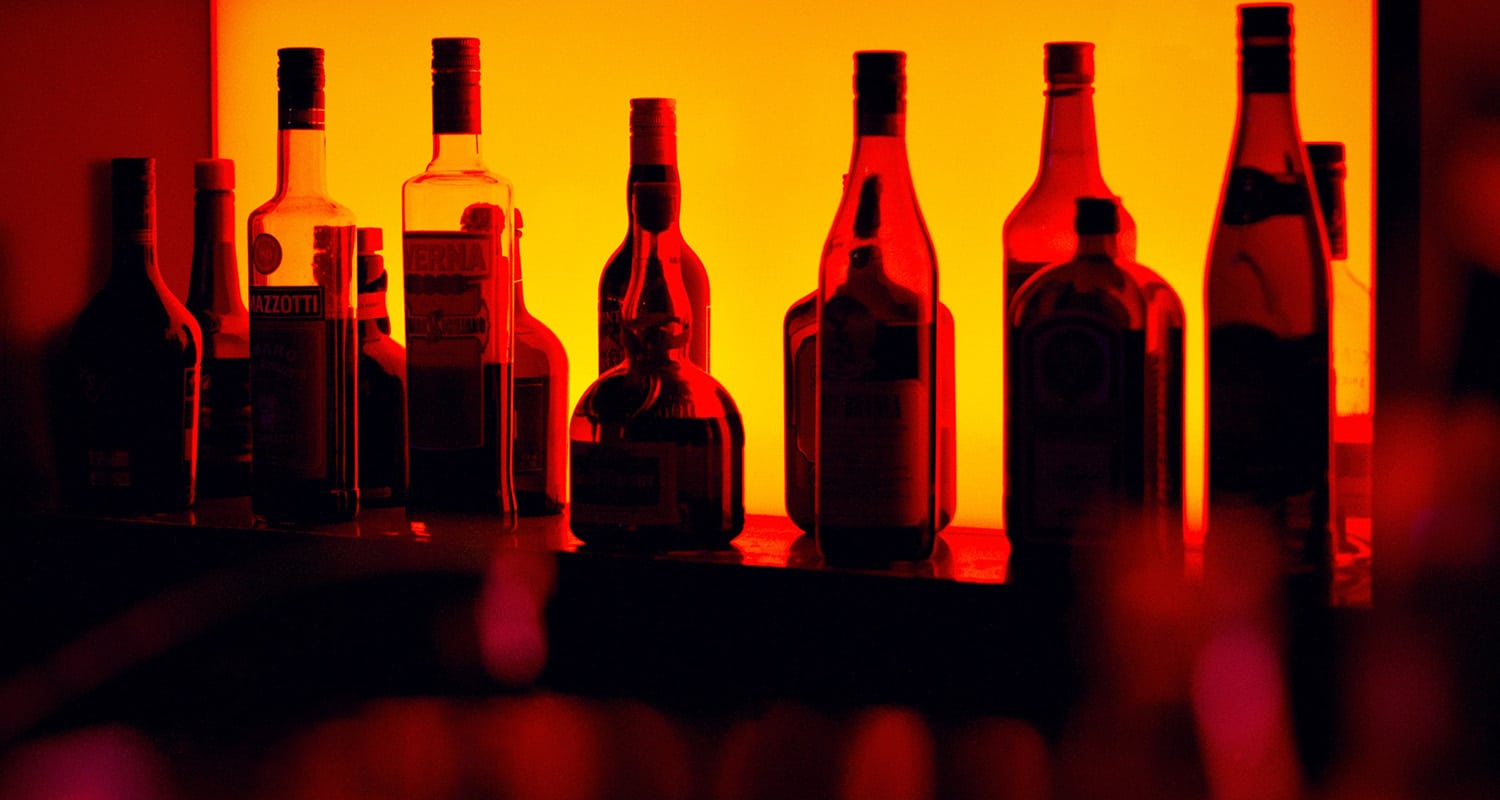 Alcohol has been known for centuries to worsen gout, and several studies show a strong correlation between excessive drinking and gouty arthritis. In fact, avoiding wine was Hippocrates’ top tip for gout patients back in 5th century BC. Alcoholic drinks behave in your body pretty much like sugar, which explains why drinking can spike blood uric acid levels even more than high-purine meals do.[ref url=”http://www.jrheum.org/content/jrheum/29/7/1350.full.pdf”]
Alcohol has been known for centuries to worsen gout, and several studies show a strong correlation between excessive drinking and gouty arthritis. In fact, avoiding wine was Hippocrates’ top tip for gout patients back in 5th century BC. Alcoholic drinks behave in your body pretty much like sugar, which explains why drinking can spike blood uric acid levels even more than high-purine meals do.[ref url=”http://www.jrheum.org/content/jrheum/29/7/1350.full.pdf”]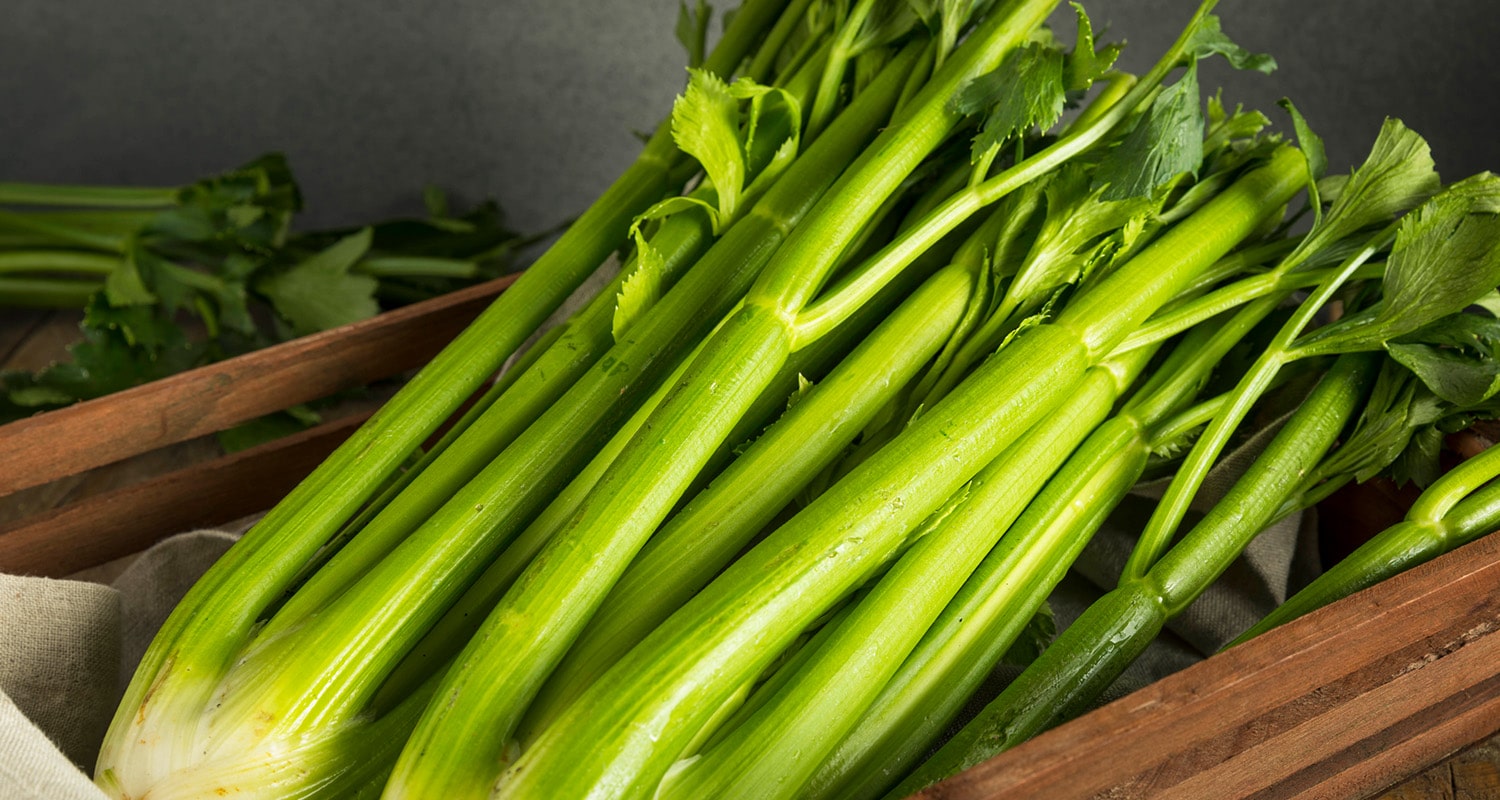 Cut sugar and alcohol: Cutting sugar, especially by avoiding alcohol and excess fructose, is the most effective step you can take in reducing or preventing gout. Get rid of soda and any other processed foods or drinks that contain high-fructose corn syrup. Drink water instead of juice, and cut out high-sugar fruits, like bananas, grapes, watermelon, mangoes, and melons.
Cut sugar and alcohol: Cutting sugar, especially by avoiding alcohol and excess fructose, is the most effective step you can take in reducing or preventing gout. Get rid of soda and any other processed foods or drinks that contain high-fructose corn syrup. Drink water instead of juice, and cut out high-sugar fruits, like bananas, grapes, watermelon, mangoes, and melons.